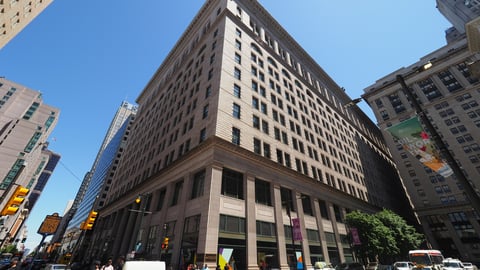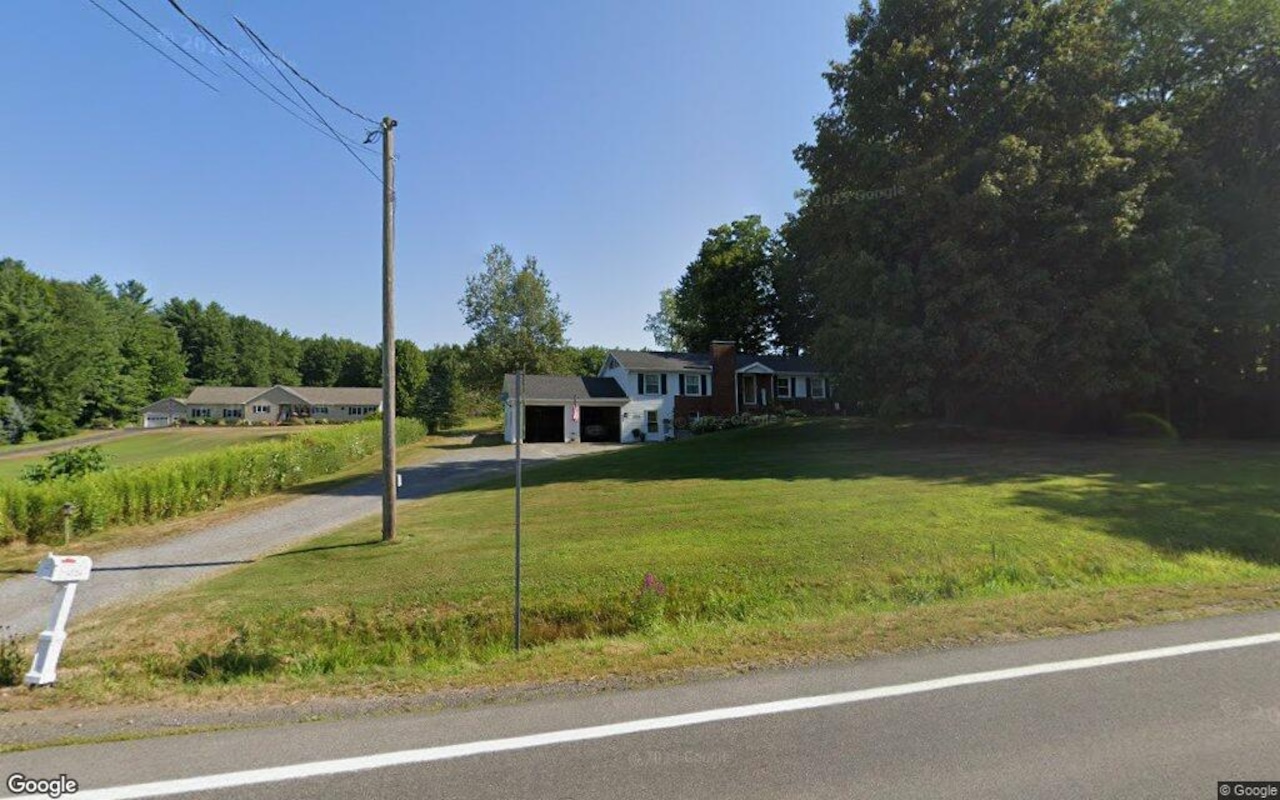C
hain Store Age celebrates its centennial year by honoring 20 visionary retail real estate properties, companies, and people that transformed the industry. These innovators introduced new retail experiences, development strategies, or architectural designs, shifting how shopping centers are created and how consumers engage with them.
Wanamaker Philadelphia Flagship (1911) was a 12-story, 1 million sq. ft. department store in Philadelphia's City Center district, designed by Daniel Burnham. Its seven-story atrium, the "Grand Court," set a gold standard for department stores. After closing in 1995, the building housed various tenants, including Macy's.
Country Club Plaza (1923) in Kansas City, Mo., was meticulously designed by J.C. Nichols as a 15-block area with Spanish architectural influence. It featured a mix of retailers and accommodations for cars, making it a gathering place for guests. The property still holds annual events and is considered one of the most influential retail centers.
Sears (1925) opened its first store in Chicago, revolutionizing department stores by offering an expanded product mix and lower prices. Founded in 1886 as a mail-order catalog, Sears became a pioneer in retail innovation. Its success led to thousands of stores across the U.S.
The Bank Block (1928), developed by Don M. Casto Sr., was one of the first centers to feature national chains. It marked the beginning of Casto's career and played a significant role in shaping retail commercial development. The property was later renamed Grandview Center and listed on the National Register of Historic Places.
King Kullen (1930) revolutionized food shopping with its debut as the first supermarket, offering expanded product lines and lower prices. Founder Michael J. Cullen left Kroger to open King Kullen, which paved the way for large-format grocers.
Baldwin Hills Crenshaw Plaza (1947), located in Los Angeles, was one of the first centers built specifically for car traffic. It featured a five-story branch of The Broadway department store and became a community hub for African American communities.
Northgate Center (1950) in Seattle ushered in a new era of commerce by catering to a growing, car-driving population. Designed by John Graham Jr., it was an innovative open-air mall that inspired future suburban shopping centers.
Peterson Companies has built expansive mixed-use centers around the nation's capital for 60 years. Founder Milt Peterson championed community-centered retail developments, and his company's signature project is National Harbor outside Washington, D.C.
Diane Cullinan Oberhelman founded her own company, Cullinan Properties, in 1988 at just 28 years old. Under her leadership, the company grew into a premier developer of retail and mixed-use projects across the Midwest, Texas, and beyond.
Sam Walton opened the first Walmart store in Rogers, Ark., in 1962, changing the way consumers shop with its wide selection of products at low prices. Today, more than 4,600 Walmart stores dot the nation.
Triple Five Group operates the three largest retail and entertainment complexes in North America: Mall of America, American Dream, and West Edmonton Mall. These mega-malls feature live event activations, roller coasters, waterparks, and a massive number of retail and dining tenants.
Alfred Taubman founded Taubman Companies in 1950, expanding the footprint of shopping centers nationwide with upscale retail environments and a focus on reducing "resistance" for shoppers. His company's crown jewels include Sunvalley Shopping Center, The Mall at Short Hills, and Woodfield Mall.
The Bucksbaum brothers founded General Growth Properties (GGP) in 1954, entering the world of strip mall development from the grocery sector. GGP became a major player in the shopping center industry, with projects like Ala Moana Center and Water Tower Place.
Poag Development is credited with expanding the lifestyle center concept after Kroger backed out of plans to anchor several properties. Poag and his partner Terry McEwen built lifestyle centers nationwide, beginning with Saddle Creek in Memphis, Tenn., which still thrives today.
Easton Town Center (1999) in Columbus, Ohio, was inspired by European town squares and features a high-traffic, high-concept retail center with over 250 tenants. Its developer, Yaromir Steiner, aimed to create a downtown feel with greenery, fountains, and brick roads.
Paramus Park Mall (1974) introduced the concept of a food court, which became a mainstay at shopping centers across the country. Guests rode escalators to the second level for a variety of dining options.
Simon Property Group was founded in 1960 by brothers Melvin and Herbert Simon, who started developing strip malls. The company expanded its services, becoming a real estate investment trust and going public in 1993. Today, Simon operates approximately 400 retail centers worldwide.
Potomac Mills (1985) set the precedent for outlet malls, offering discounted prices from various name-brand retailers. Now owned by Simon, it spans over 1.54 million sq. ft. and features more than 225 retailers.
Victor Gruen was dubbed the "Father of the Shopping Mall" for his innovative designs, including Southdale Mall in Edina, Minn., which became the first enclosed shopping mall in the country. His designs laid the foundation for future shopping centers.
Rick Caruso has become a renowned innovator in commercial real estate since founding his namesake development company in 1987. He led the development of The Grove, The Americana at Brand, and The Commons at Calabasas, which attract tourists and locals alike with their experience-driven offerings and high-end mix of luxury tenants.













